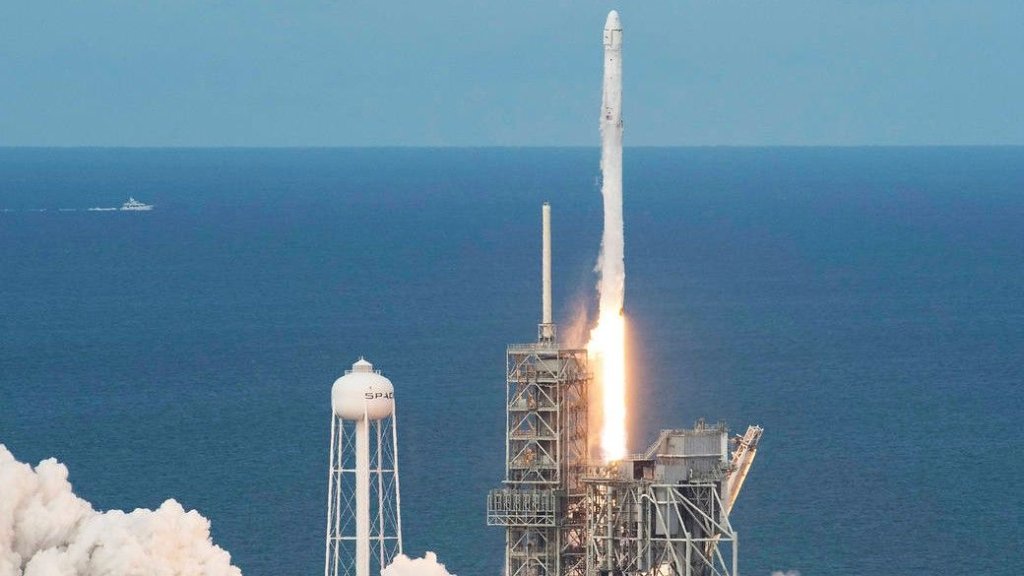SpaceX is teaming up with innovative satellite operator Telesat for a series of 14 launches beginning in 2026.
Each mission will see a SpaceX Falcon 9 rocket carry as many as 18 Lightspeed internet satellites to low Earth orbit (LEO).
The multi-launch collaboration between the two companies was announced on Monday (Sept. 11) and will take advantage of the ability of SpaceX‘s famously rapid launch cadence. The liftoffs will take place from California and Florida.
Related: 8 ways that SpaceX has transformed spaceflight
Telesat hopes it will be able to test its Lightspeed constellation — an optically linked network that will provide multiple gigabytes per second of data links and broadband connectivity across the globe — by 2027. The company aims to start providing services that same year, after a history of delays experienced by the project.
“SpaceX has been a trusted and effective launch provider to Telesat on our geostationary satellite programs, and I am delighted that they will be supporting us with their highly reliable Falcon 9 rocket to deploy the Telesat Lightspeed constellation, the most ambitious program in Telesat’s 54-year history,” Telesat President and CEO Dan Goldberg said in a statement.
The Lightspeed constellation will be populated by around 198 satellites built by international space company MDA, which Telesat ordered in August 2023, Space News reported. The 1,650-pound (750 kilograms) LEO satellites replace a larger version, which was initially set to be built for Telesat by Thales Alenia Space, but production delays forced the switch to MDA, resulting in a $1.6 billion USD contract between Telesat and the Canada-based company.
Telesat had initially planned to begin launching its Lightspeed units in 2020 prior to the delay. Goldberg told SpaceNews that he now hopes that MDA will be able to create approximately one satellite a day for the constellation beginning in September 2024.
Goldberg explained that Telesat has the funding for 156 satellites that will be needed for the Lightspeed constellation to begin delivering internet services, and it is currently attempting to get funding for the additional 42 units needed to provide the network with improved signal density.
The 14 Falcon 9 launches will be capable of delivering 252 units to orbit at maximum, but the total number of satellites that each mission will be able to launch will depend on the angle and inclination of the orbits into which they are to be deployed.
“Given the dedication and professionalism of the SpaceX team, and their outstanding track record of reliability and demonstrated high launch cadence, I have the utmost confidence that they will be an outstanding partner in helping us bring Telesat Lightspeed into service in a timely and low-risk manner,” Goldberg concluded.
SpaceX already operates its own internet constellation, called Starlink, which currently consists of more than 4,700 operational satellites, all of which were launched by Falcon 9 rockets.

